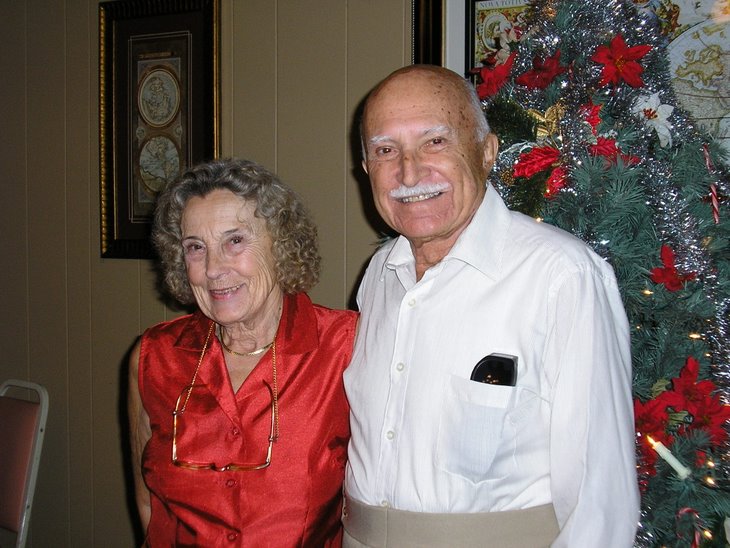Windows 7 Wallpaper Slideshow
A long time ago, we introduced you to John’s Background Switcher right here in the Computer Tips Newsletter. As you’ll remember, the program allowed you to set a group of photos to rotate as your desktop background so that you won’t get the same boring wallpaper every time you look at your desktop. Microsoft has now decided to implement the same idea in Windows 7! The best part is, you can get started right now, as there are some ‘wallpaper slideshows' already included in your copy of Windows 7.
To get started, go back to your desktop and right-click your mouse. Hit Personalize and a window will pop up. Scroll down to Aero Themes and choose one of the themes with more than one picture above the theme name –
Once you click on the theme you want, a short sound will play and the desktop wallpaper will change. If you want to change the settings of the slideshow, simply click Desktop Background at the bottom of the window. In this settings window, you can change the amount of time one picture is displayed before it is replaced by another, choose which pictures you want displayed and even automatically disable slideshows to save power when using a laptop battery. Hit Save changes when you’re happy with your tweaks.
Your pre-loaded images will cycle through as your desktop background just like you requested! It’s also possible to have the screen saver and sounds of your computer adjusted to suit your new theme.
Once you get bored of the nature photos that came with your copy of Windows 7, jump online to download a few more ‘themes’. Back on the theme choice window, click Get more themes online, scroll down and you’ll be presented with a selection of themes ranging from the best of Poland to the wonders of Bing, Microsoft’s newly-revamped search engine. Click the Download button below the theme you would like and Run or Open the file (depending on your internet browser). You can now use your downloaded theme as you would a pre-loaded one!
If you want to use your own pictures as your wallpaper, the process is a bit more complicated. Firstly, head back to the theme choice window. If you’ve forgotten, you can get to that by right-clicking on your desktop and clicking Personalize.
Next, click the Desktop Background link at the bottom of the window. To pick which images you’d like in your rotation, firstly click Browse:
Once you’ve chosen the folder in which the images are in, check the boxes next to the images you would like included in your theme. In the screenshot below, I’d like both images included in my rotation so I have checked both of the boxes. After choosing how you’d like your images to appear on your desktop (stretched across the screen or tiled, etc.) and how frequently you would like the images to change, click Save Changes.
You’ve finished with the desktop background aspect of your theme, but you’re still not done customising the rest of your Windows 7 experience. For example, by clicking Sounds at the bottom of the theme choice window, it’s possible to choose what sounds you would like announcing various messages. Your screen saver can also be chosen by clicking Screen Saver at the bottom of the theme choice window. As the option windows for Sounds and Screen Savers are very similar to that of Windows Vista, I won’t go into those here.
Once you’re done with customising your theme, give yourself a pat on the back. You’ve just finished adjusting the appearance of your operating system with hardly any effort at all
MS Office 2007 & 2010: New SmartArt Works In Both!
As I was perusing my Office 2010 SmartArt gallery I noticed that there were quite a few new designs which got me to thinking…
When we create SmartArt and then save the file to use in Office 2003 or earlier it becomes a static picture in the file. No more editing - what you saved it as is what you're stuck with until you can get back to a version of MS Office that actually creates SmartArt.
So my natural thought process is what happens when you create a new SmartArt in Office 2010 and then need to work on in it Office 2007?
I'm happy to report these results :)
While this isn't necessarily earth shattering news it's a great discovery since I have two computers at home - one with Office 2007 and one with Office 2010 - and then at work I have Office 2010.
Makes it really nice to know that I can create things at home or work and then still edit it in the other location… very good news since when school's in session I have tons of after hours work and this allows me to go home and work there too!
Safely Remove Hardware
If you work a lot with different USB devices, you probably use the "safely remove hardware" icon quite a bit. Am I right? See, even though USB devices are labeled as “Plug & Play”—that is, they're ready to go upon being plugged in—you shouldn't just unplug them. A USB port has current running through it, so the power jolt caused by unplugging a "hot" connection can corrupt data on a storage device, camera, or mp3 player.
In other words, don't just yank your USB device out, use the Safely Remove Hardware icon, Instead. It shows up down near the clock on your task bar.

No comments:
Post a Comment